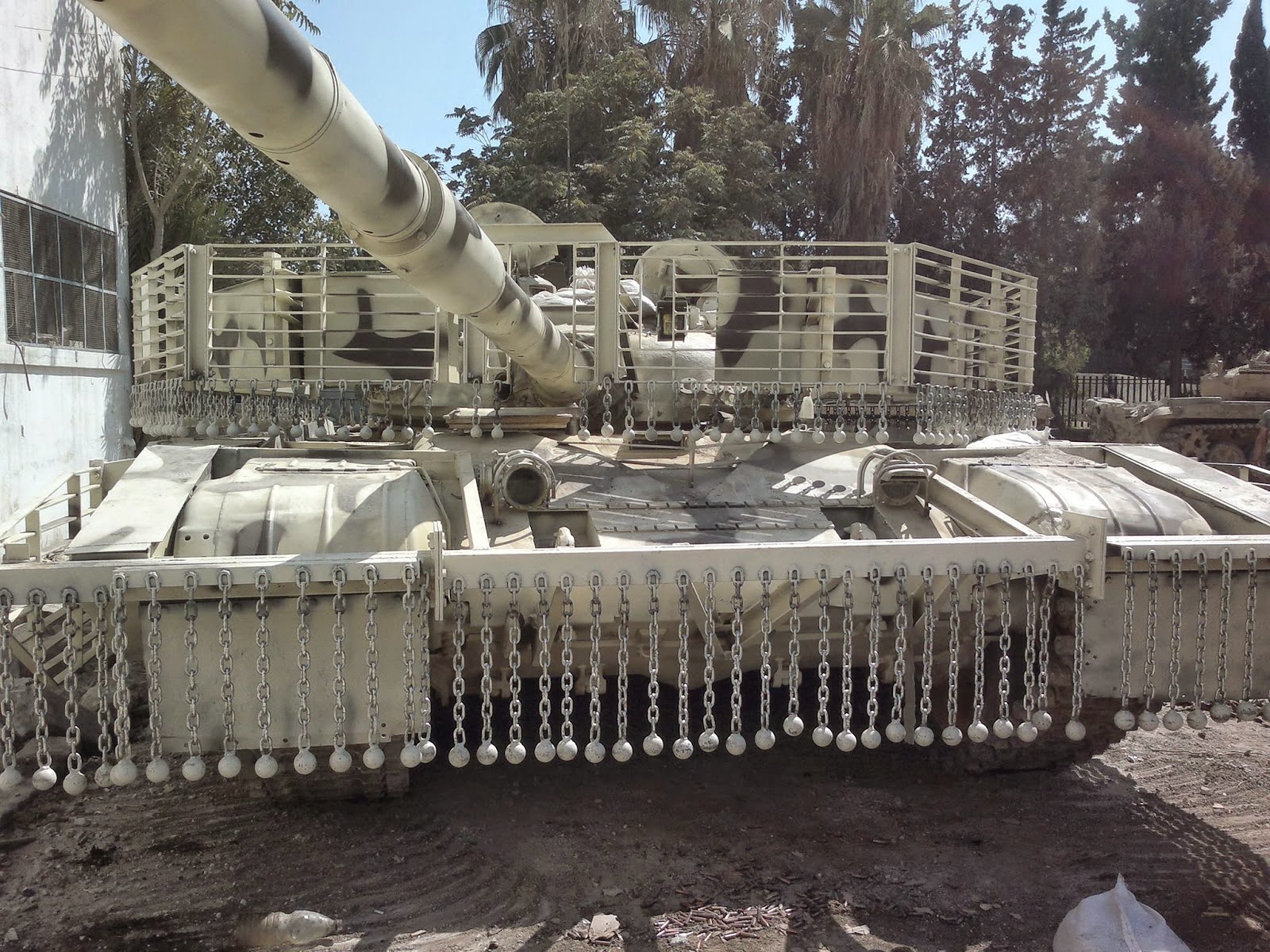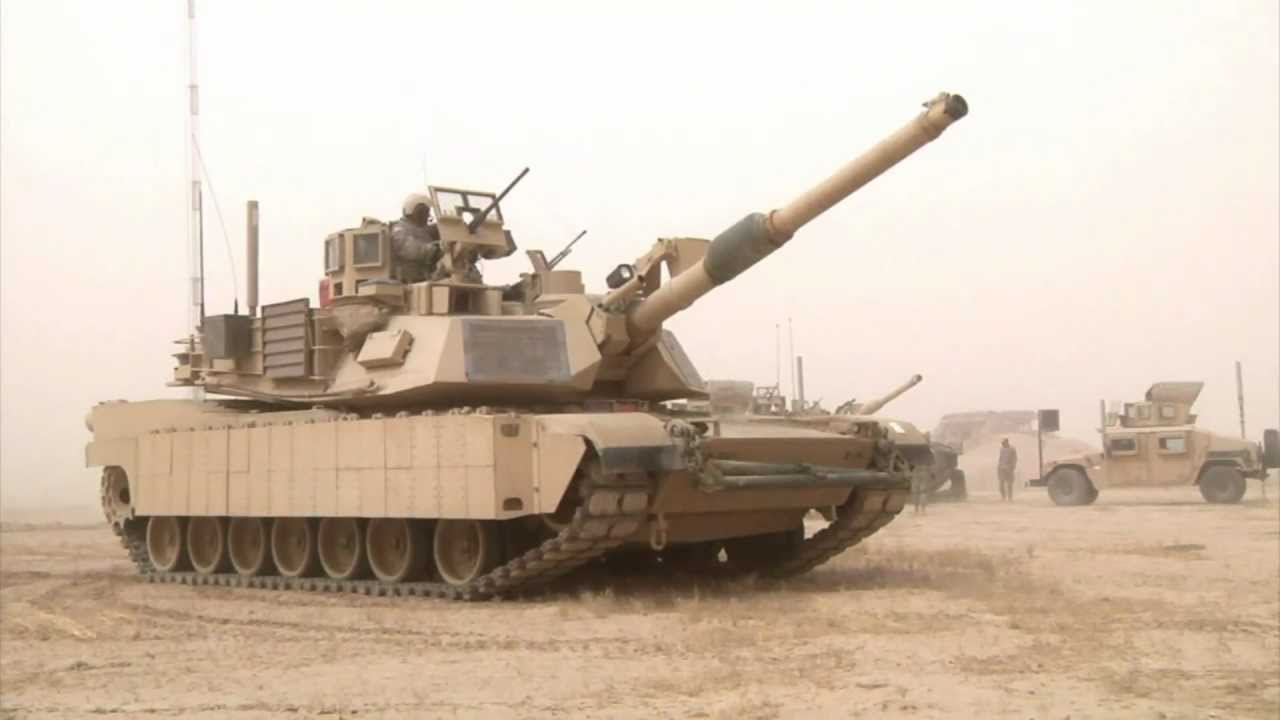forcetrip
PDF THINK TANK: CONSULTANT

- Joined
- Apr 24, 2009
- Messages
- 4,316
- Reaction score
- 11
- Country
- Location

The T-72, after the T-55 the most prolific tank series of the post-World War II era with an estimated production run of up to 30.000 vehicles. In Syria, the tank largely owes its fame due the participation in the Battle of Darayya, which was extensively covered on camera, and the large amount of videos showing the turret fly off due to an internal explosion after getting hit by a RPG. As a result, both the highest flying T-72 turret and the most destroyed T-72 were recorded inside Syria.
Nonetheless, it remains at the forefront in the Syrian Civil War and undoubtedly is Syria’s most popular tank, so much even that a captured T-72 is considered as a sort of treasure by the rebels. Around 300 are still believed to be operated by mainly the Republican Guard and the Syrian Arab Army’s elite 4th armoured division.
Although it’s commonly believed Syria operated around 1500 T-72s, Syria actually acquired just over 700 T-72s in three (or technically four) batches. The first batch consisted of around 150 T-72 ‘Urals’ ordered from the Soviet Union and delivered in the late seventies, a total of 300 T-72As delivered in 1982 make up the second batch and an order for 252 T-72M1s placed in Czechoslovakia was only partially completed when the country was separated into two. While 194 examples were already delivered by Czechoslovakia in 1992, the order was continued by Slovakia and the remaining 58 T-72M1s were delivered in 1993.[1]

The T-72 ‘Ural’, seen in the image below, was released for export in the late seventies, and apart from Syria, nations like Algeria, Iraq and Libya also received the type. Especially Syria was keen to field the T-72 after the poor performance of the T-62 during the 1967 and 1973 war. The combat history of the T-72 in the 1982 Lebanon war remains subject to debate, with sources claiming everything from the T-72s destroying M60s to Merkavas and yes, even the U.S. M1 Abrams.[2]
The most widely accepted theory involves the majority of the T-72s being held back in Syria as a strategic reserve, and that only a few T-72s did clash with M60s and Israeli Magach derivatives near Rashaya. Most sources agree the T-72s performed well, and one officer was subsequently decorated for his achievements with the type.[3]
Hafez al-Assad is even said to have made the famous quote of calling the T-72 ‘Ural’ ”the best tank in the world”. As a token of appreciation, Hafez donated (or more conviently traded) a captured Magach-5 to the Soviet Union, which was extensively tested here. Especially the Blazer explosive reactive armour (ERA) found on the Magach-5 was of great interest to the Soviet Union.

Syria greatly benefitted from this arrangement, as it subsequently received the first of a total of 300 much improved T-72As in 1982. What makes Syria receiving this tank so special is that the T-72A was never cleared for export by the Soviet Union, with even the most trusted Warsaw Pact countries receiving the downgraded T-72M1 instead. The first country outside the former Soviet Union to receive T-72As was Hungary in 1996, which acquired them from Belarus fourteen years after Syria received theirs!
Syria’s T-72As, produced only one year before they were delivered, came directly from Soviet Army stocks. In Syria, these tanks became known as T-82s, with 82 referring to the year of delivery. The use of this designation continues even today, and neither T-72A or T-72AV was ever used to refer to this tank in Syria. To avoid confusion, only the foreign designations are used in this article.
The T-72A can be discerned from the T-72M1 by the presence of anti-radiation lining over its turret, as witnessed by the T-72AV without ERA seen below.
The 300 T-72As were split between the Republican Guard and the 4th armoured division. The T-72s operated by the Republican Guard were always seen in a desert livery, while the T-72s of the 4th armoured division were usually plain green, which operated alongside a limited amount of ‘desert’ T-72s.
Numerous BREM-1 armoured recovery vehicles were also acquired mainly for the Republican Guard, and all remain in widespread use today. In fact, the BREM-1s is the only type of ARV that is actually used as an ARV in Syria, with other ARVs either stored or used as gun-platforms.

Apart from acquiring T-72As, Syria also received the more modern 3BM-44 anti-tank round for the T-72’s 125mm cannon. Believed to have never been exported to any other country under Soviet influence, it remains in use alongside the older 3BM-23 anti-tank round. The complete ammunition loadout of a standard Syrian T-72 in Syrian service can be seen below.


All of Syria’s T-72As were later upgraded to AV standard, aimed at increasing the T-72A’s protection against RPGs by the installment of Kontakt-1 explosive reactive armour blocks (ERA). Opposed to the T-55MV upgrade, which happened in the Ukraine, the upgrading of the T-72As took place in Syria. The Kontakt-1 ERA was bought from one of the former Soviet Republics (believed to have been Ukraine) and was supposedly installed by Armenian contractors. The upgrade to AV standard didn’t change anything to the designation of the T-82 however.


























































